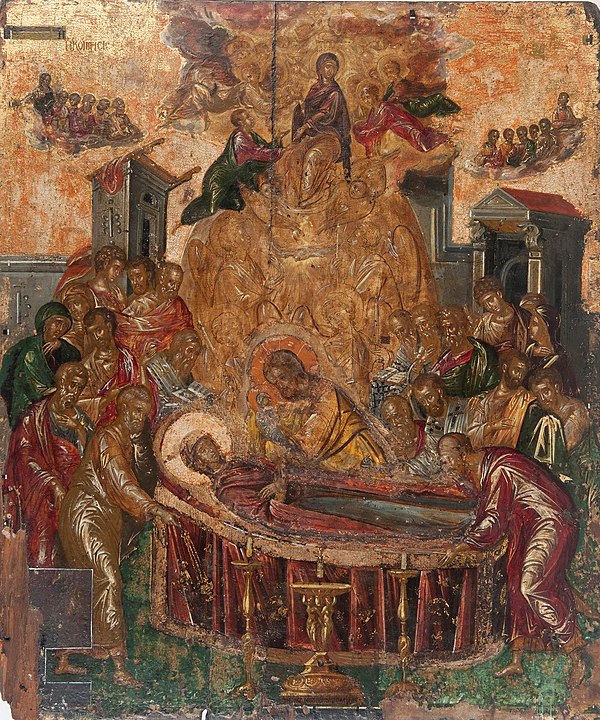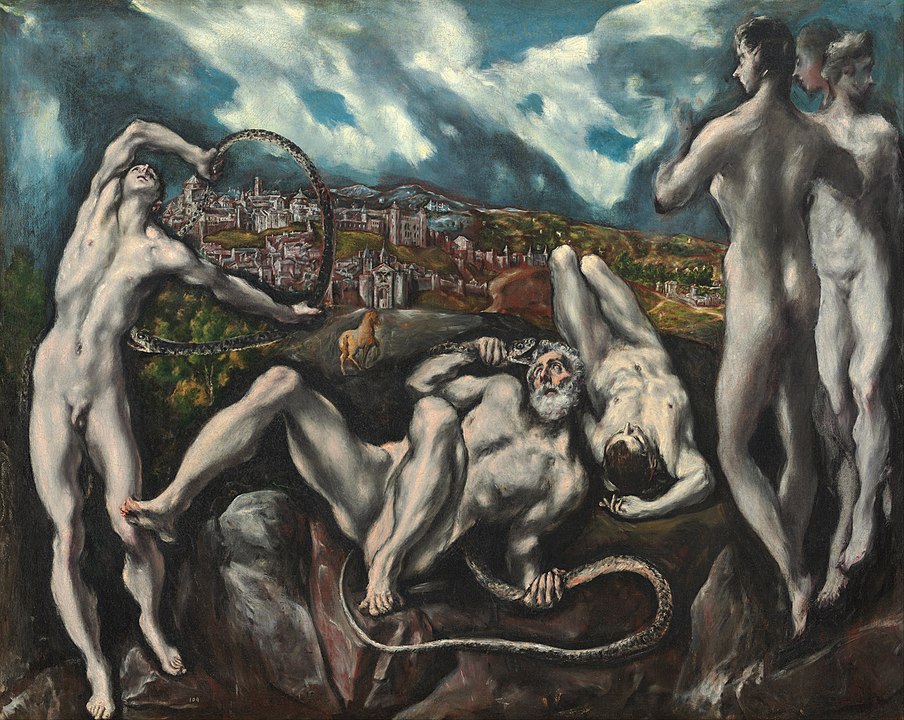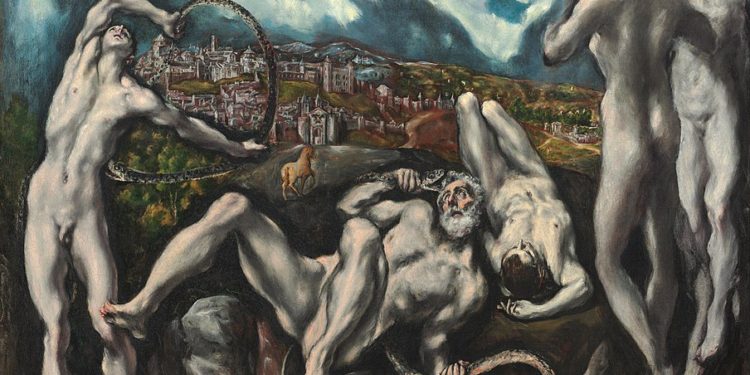El-Greco was a Greek painter, sculptor, and architect of the Spanish Renaissance. When he lived in Italy, he was known as El-Greco, which translates as The Greek. Doménikos Theotokópoulos (1541—1614) was his given name.
El-Greco was interested in the Mannerism movement, a group that rejected the idea of merely reproducing nature in art and aimed to convey underlying psychological elements beyond its mythical or religious themes.
El-Greco is well-known for his depictions of figures in fantastical pigments that almost resemble chalk. El-Greco’s art has been credited as a precursor of expressionism because of the novel ways in which it expressed emotion. He also inspired the Cubists, most notably Pablo Picasso, with his paintings’ reconsideration of form and figure in terms other than reality.
The artist was born into a prosperous family in Crete. The young Theotokópoulos had a good education in classical languages, mathematics, engineering, and art that had developed in the ancient era. He had his painting training in the Cretan school, the center of post-Byzantine art at the time.
The influence of the Cretan school can be seen on his icon of the Dormition of the Virgin. Its composition and whole structure are likely religious paintings produced during the Italian Renaissance, but the “individual figures and color palette” are typical of post-Byzantine icons.

In his late teens or early twenties, El Greco spent several years in Venice. Although there isn’t much documentation from his time in Italy, a letter mentions that he was a student of Titian. Titian was one of the greatest Renaissance painters, combining High Renaissance and Mannerist ideas.
The artist expanded his artistic abilities and started to build his unique style in Rome. He used elements of the popular Renaissance aesthetic, but he also tried to set himself apart by offering fresh perspectives on the traditional religious themes. It was also during this period that he encountered the Mannerists, who rejected ideals of harmonious proportion, balance, static beauty, and naturalist presence.
He had been living in Rome for six years and still had no commissions. El-Greco then moved to Spain in 1577. He first traveled to Madrid before continuing to Toledo, a city with a rich history of commerce, religion, and the arts.

The Holy Trinity (1577–1579) was part of his first significant commission for the Church of Santo Domingo in Toledo. This painting depicts “God holding a dying Christ in his arms, as they float amidst clouds in heaven, with the dove of the Holy Spirit flying over their heads.” They are surrounded by angels in different colors of robes. This picture is intense and lovely.
The gloomy cloud contrasts with the golden light above, representing death and life ever after. This painting suggests the manifestation of eternity in reality as a source of new hope and faithful devotion. This work established him as a renowned artist. It is also mentioned as one of Édouard Manet’s favorite paintings.

Laocoon portrays the myth of Laocoon, a Trojan priest who is said to have warned the villagers about the Trojan horse and profaned the temple of God. He and his two sons, Antiphantes and Thymbraeus, were killed by enormous serpents sent by the enraged gods. This painting is one of Greco’s most famous works that depicts myth rather than religious themes. This picture is astounding, showing the psychological expressions of the figures.
El-Greco is a remarkable artist. He has had great influence on the next generation of world-renown painters, such as Pablo Picasso, Paul Klee, and Paul Cézanne. El-Greco died in April 7, 1614, in Toledo, Spain.


